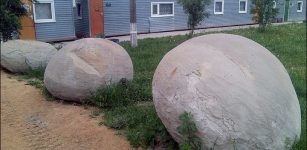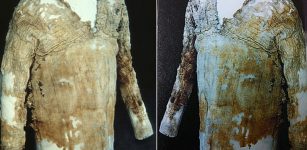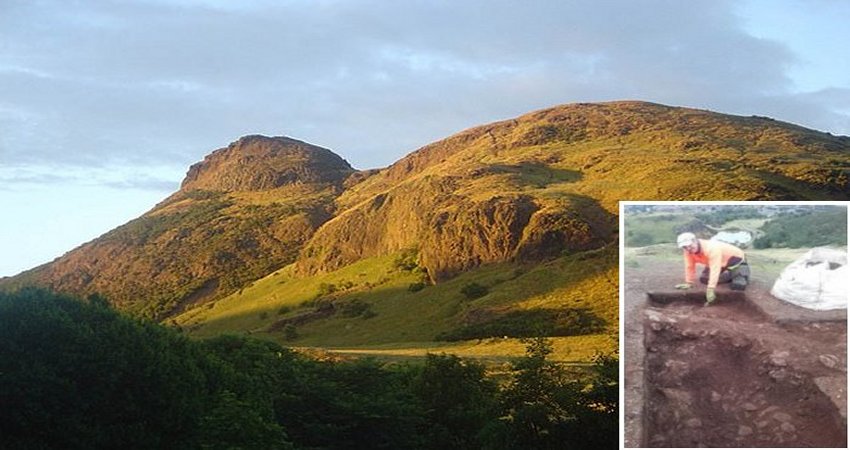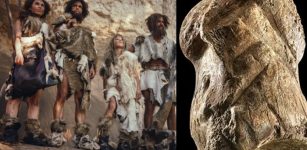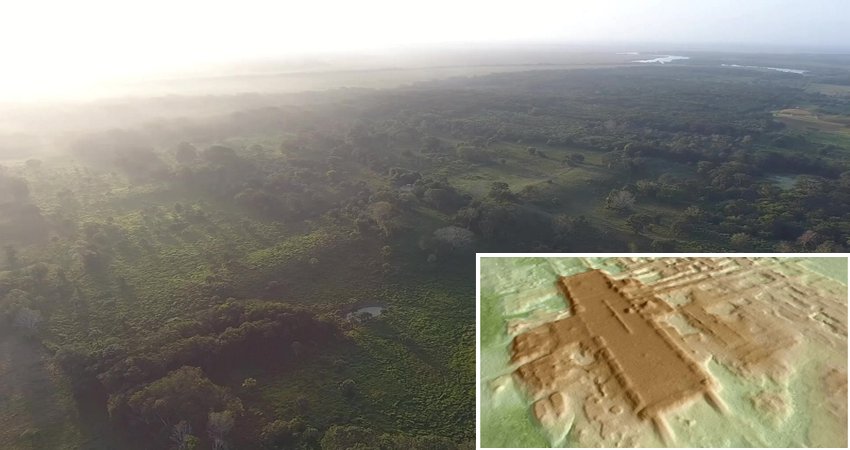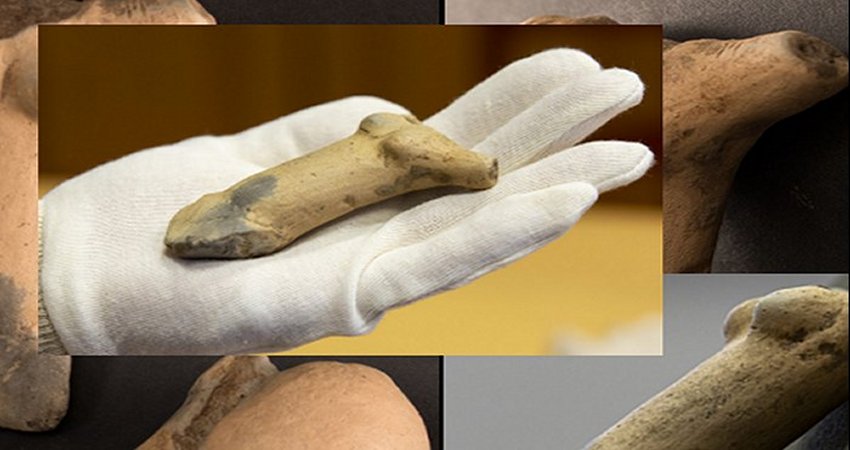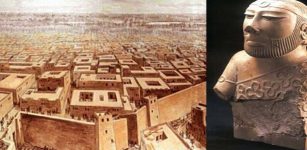Bronze Age Mummies In British Peat Bogs
MessageToEagle.com – Over the past 300 years, extremely well-preserved human bodies have been discovered in several desolate peat bogs of Britain, Ireland, Netherlands and Denmark. Most of these ‘bog mummies’ also known as ‘bog bodies’ date to between the first century BC and the fourth century AD, though the oldest case dates back to about 10,000 years ago.
The astonishing preservative powers of the bogs have prevented the decay of these ancient remains very effectively.
Culture24 reports that Bronze Age bodies buried in the UK bear resemble a prehistoric mummy from northern Yemen and a partially mummified body found in a peat bog in Ireland, according to archaeologists who believe their similarities could show that intentional mummifying took place in Britain.
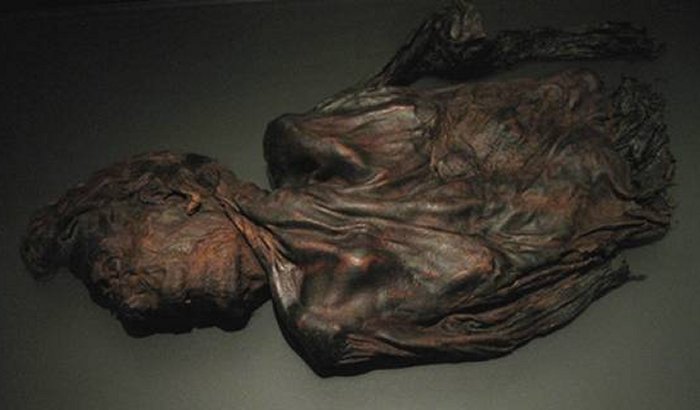
Microscopic analysis has revealed “perfect” levels of preservation in the bones and soft tissue of bodies found in the South Hebrides, leading experts to suggest that they could have been burnt or interred in peat as part of prehistoric burial rituals.
“Our research shows that smoking over a fire and purposeful burial within a peat bog are among some of the techniques ancient Britons may have used to mummify their dead,” says Dr Tom Booth, who has investigated skeletons at several Bronze Age burial sites across the UK, comparing their bacterial erosion to the Yemeni body and a partial mummification recovered from a sphagnum bog in County Roscommon.

“The problem archaeologists face is finding a consistent method of identifying skeletons that were mummified in the past – especially when they discover a skeleton that is buried outside of a protective environment.
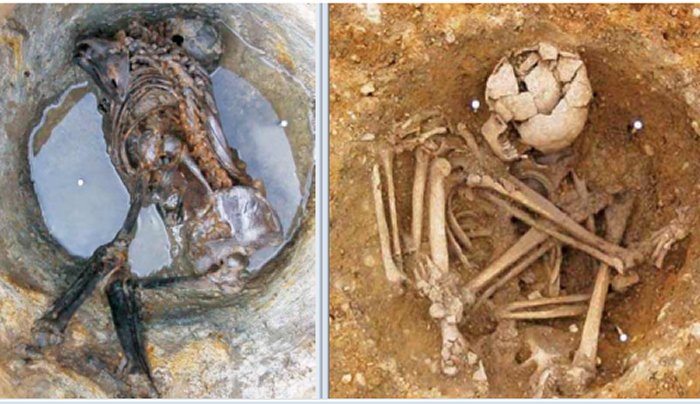
“To help address this, our team has found that by using microscopic bone analysis archaeologists can determine whether a skeleton has been previously mummified even when it is buried in an environment that isn’t favourable to mummified remains.
“We know from previous research that bones from bodies that have decomposed naturally are usually severely degraded by putrefactive bacteria, whereas mummified bones demonstrate immaculate levels of histological preservation and are not affected by putrefactive bioerosion.
“The idea that British and potentially European Bronze Age communities invested resources in mummifying and curating a proportion of their dead fundamentally alters our perceptions of funerary ritual and belief in this period.
“It’s possible that our method may allow us to identify further ancient civilisations that mummified their dead.”
MessageToEagle.com


